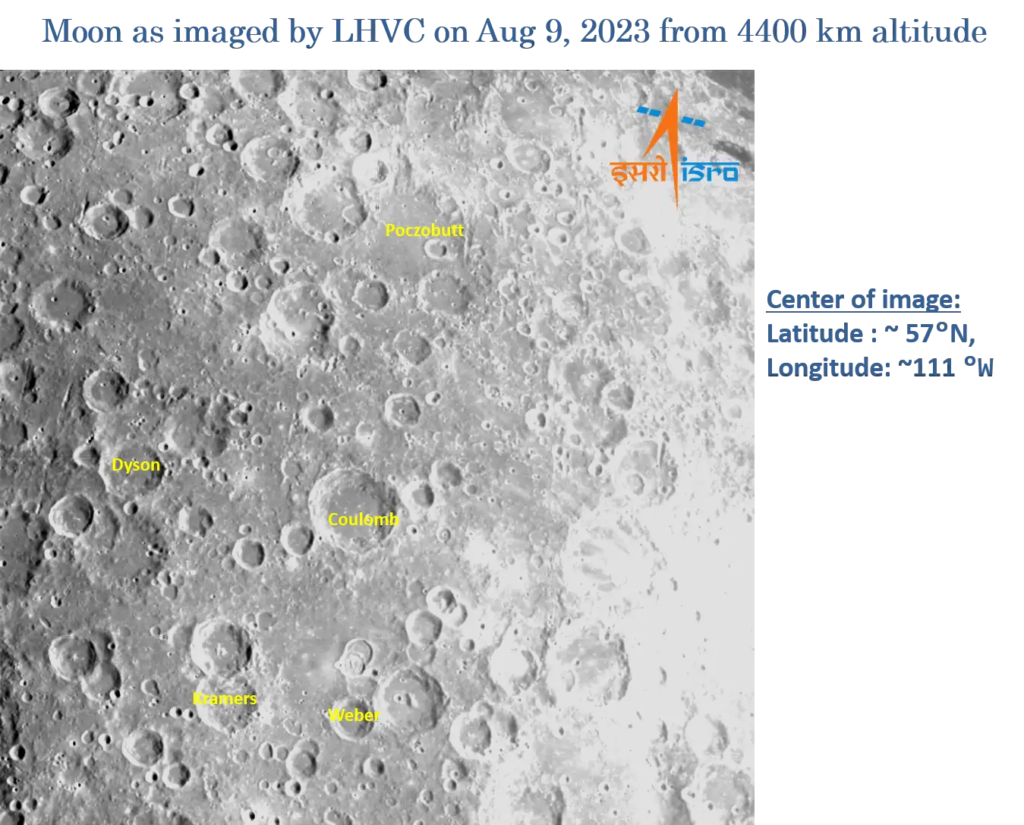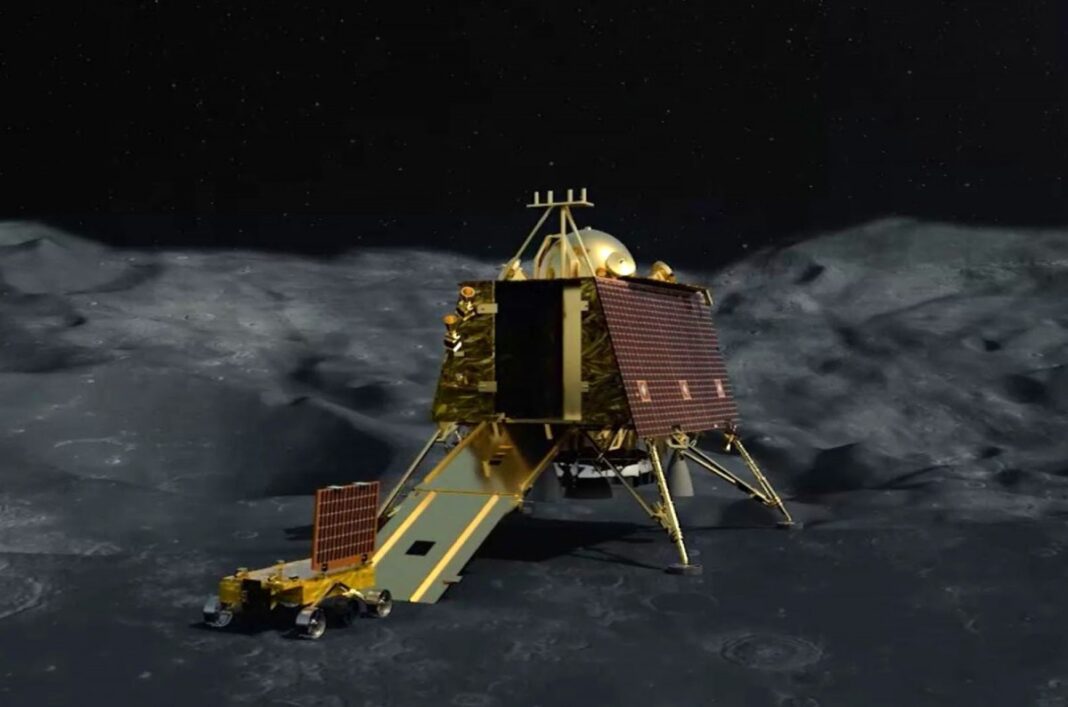Chandrayan 3 Landing: It is the most thrilling and proud moment to be accomplished on Wednesday (23rd August 2023). In this upcoming lunar endeavour, India’s hope and spirits are poised to soar if the Chandrayaan-3 lander module successfully touches down on the Moon’s surface as scheduled at 6:04 pm this Wednesday.
WHAT ISRO SAID?
However, for the Indian Space Research Organisation (ISRO), the mission remains only halfway accomplished. The real challenge for ISRO scientists will commence post-landing, as they engage in the meticulous task of rover operations for a full lunar day, equivalent to 14 Earth days. This undertaking encompasses the analysis of extensive data transmitted by five scientific instruments on the lander (consisting of 3 payloads) and the rover (equipped with 2 payloads).

POST LANDING CHALLENGES
A significant event following touchdown will be the unfolding of one side panel of the Vikram lander, forming a ramp for the Pragyan rover. In a meticulously choreographed sequence, the six-wheeled Pragyan rover, proudly displaying the national tricolour and the ISRO emblem on its wheels, will gradually descend from the lander’s underbelly onto the lunar terrain, approximately four hours post-landing.
The rover’s movement will be a steady 1 centimetre per second, aided by navigation cameras that survey the lunar environs. As it advances, the rover will imprint the tricolour and ISRO emblem onto the lunar soil, etching India’s presence on the Moon’s surface. This rover carries payloads configured to amass data pertaining to the Moon’s composition and characteristics.
Meanwhile, the Vikram lander, powered by solar energy, is equipped with three distinct payloads to gauge near-surface plasma density, study thermal properties of the lunar expanse, assess seismic activity in the vicinity, and map the structure of the lunar crust and mantle.
The upcoming two weeks will be purely focused on the lander and rover’s intensive study of the lunar soil, in search of different elements and primary focus will be on frozen water, which might help later expedition to act as a source of energy. It’s important to note that communication between the rover and Earth occurs through the intermediary of the lander. As a contingency, the Chandrayaan-2 orbiter can also serve as a communication relay.
Since the orbiter has also welcomed the Chandrayan-3 in orbit established a connection and said “Welcome buddy!”. Chandarayan-2 orbiter will also help in relaying communication and assist in later expedition and data communication.

ISRO’s Chairman S Somanath,
Speaking with a leading daily, expressed that estimating the precise distance traversed by the rover during the 14 Earth days is challenging and depends on various factors. Survival through the lunar night’s extreme cold, plummeting to minus 238 degrees Celsius at the lunar south pole, is imperative for both the lander and rover to thrive into the second lunar day. Somanath holds optimism about this prospect.
Minister of Space, Jitendra Singh said
In an interaction with the media, the Minister of Space, Jitendra Singh, affirmed that Chandrayaan-3’s core objectives encompass demonstrating a safe and gentle landing on the lunar surface, rover mobility on the Moon, and conducting on-site scientific experiments.
India is poised to join an exclusive group, including the US, Russia, and China, in achieving a successful lunar landing. Importantly, India is set to be the sole nation to accomplish this feat at the lunar South Pole. Singh emphasized the mission’s significance in exploring the enigmatic lunar region and potentially uncovering water resources, which could hold scientific and clean energy prospects.

